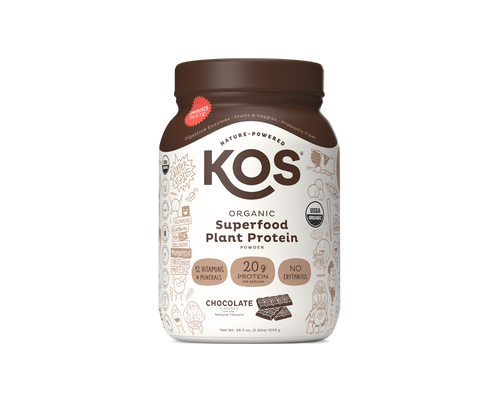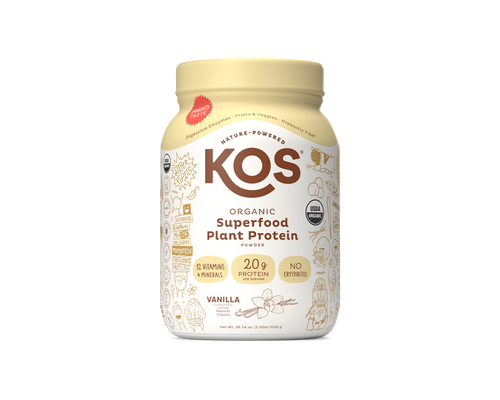Table of Contents

There is an ongoing discussion between meat-eaters and plant-eaters — which makes it sound a bit like a dinosaur convention.
“Hullo, I’m T-Rex.”
“Hi. Brontosaurus.”
“Mind too terribly if I devour you?”
“Uh, lemme think. YES!”
This is of course an invented conversation. Actual dinosaurs mostly murmured and were rarely known to exclaim. The actual discussion these days is not between dinosaurs, but between folks who eat meat and folks who favor eating fruits and veggies. The discussion always comes down to meat being the provider of complete proteins, and plants being protein-deficient weaklings. This is a myth.
When Enormous Veggie Giants Roamed the Earth
Just as a for instance, it is worth noting here—for those barbell enthusiasts who believe a meatless diet will make it difficult to build mass—that the ravenous, meat-eating T-Rex (the little guy with the tiny arms and outsized jaws) typically measured around 40 feet from and to end, and weighted in at around 15,000 pounds.

...when wimpy vegetarians roamed the Earth
The salad-loving vegetarian Brontosaurus was, by contrast, 72 feet long and weighed in at 34 tons. I guess we have to assume the Brontosaurus used lots of high-carb Ranch dressing on all those munched treetops.
Cow World vs Complete Plant Protein
People all over the world are slowly being made aware of the various costs, ramifications and staggering ecological downsides associated with meat-raising and meat-eating. Animal husbandry is bringing our planet low. Cows are our bosses.

It’s more and more widely known that it takes ~ 1800 gallons of increasingly precious water to produce a 1lb steak, and it takes 25 calories to create just 1 calorie of beef. “Inefficient” is a brutal euphemism when about 1 billion people in the world are starving for lack of caloric sustenance.
Another way to look at it: raising livestock uses about 80% of global agricultural land, and the yield is less than 20% of the world’s supply of calories. This statistic becomes less abstract the nearer you are to starvation.
Complete Plant Protein and the Question We Never Tire of Asking
The nutritionally-informed-and-curious are thus exploring what is involved in wholly pivoting from a meat-infused diet to a vegetarian diet. A question that invariably comes up is “what about protein?” What indeed.

This question has long been in the # 1 position for people who are considering vegetarianism, or even flexitarianism—an ongoing query that speaks to how misunderstood the “food protein” subject really is. It appears to be a little-known fact that animals do not themselves produce the essential amino acids that build protein in their bodies.
Plants do, though.
Plants are Complete Proteins
Because the genetic code is not restricted to cows, chickens and tax attorneys, plants swing with the same 20 amino acids as humans do. What's more, all animals get their protein from plants; either by grazing, or by chasing, catching, chewing, and swallowing herbivores. Salad lovers can't get a break in the wild.

By eating the abundant amino acids on offer from the Plant Kingdom, animals manufacture the proteins in their bodies — just as we would.
Does a cow get its protein by eating beef? That would make it a fairly unpopular cow out there in the pasture.
Cows are marketed as “grass-fed” for a reason. We actually look for that signifier on the beef label. So something in us already associates the cow's intake of plants as a practice whose benefits we want to share.
Steak is a Planet-Killing Convenience
So meat animals get their protein from the feed they eat, and that feed is plants. With the essential amino acids available to us all in varying degrees from plants, the eating of livestock becomes a matter of consolidation.

Rather than running around barefoot and gathering the cornucopia of plants necessary to nourish us, we let the cow do the plant-gathering, and then we eat the cow. It’s a terrific system if you’re A) not a cow, and B) living on a planet with limitless land and water.
The Complete Plant Protein Light Bulb
It’s easy to imagine the light bulb that appeared over the ancient hunter-gatherer’s shaggy head about 12,000 years ago. How many armloads of sticks and bugs and berries must it take to feed a Paleolithic family, after all?
They will have noticed animals grazing on the same stuff they were spending their days dutifully gathering. “Why don’t we let that outlandishly large Late Pleistocene bison do all the shopping? Then we’ll eat the bison!”
Eating one’s personal shopper is no longer in vogue, but 12,000 years ago it was a game-changer. That’s when we stopped chasing food and began farming it.
Complete Plant Proteins are Real
Today meat-farming has exploded alongside the global population, in part because eating meat has become a default dietary position in most cultures, and in part because the meat-producing industry has long marketed meat as indispensable to the human diet. This is not an evil position to take. It’s just business. But business is, by its nature, not fixated on long-term downsides.

Today we are, broadly-speaking, more conscious of what our food choices mean to the bigger long-term picture. As a result, some of us are making intentional dietary choices that reach for sustainability that doesn’t build in a future resource emergency. Beef is soaking up all our water and arable land.
Layering: the Complete Plant Protein Final Frontier
Protein-wise, plants have all the essential amino acids needed for building protein, but in varying amounts. A complementary plant-protein approach is thus encouraged. One of the better known such combos is rice and beans, often referred to in cocktail-party chatter as ”a perfect protein” (even as guests spear proffered Vienna Sausages with stylish little forks).
In this chart by Chana Davis PhD, we can see why. Beans have a ton of lysine, rice (a grain) not so much. But look at the crazy amount of methionine in rice. So rice and beans in combination offer those two amino acids in necessary quantities, and each have plenty of the other seven essential aminos (complete proteins).

How Do I get the Complete Plant Proteins I Need?
By combining (he blurted)! We've shown that plants do have the moxie to replace meat from a protein standpoint. Some tasty meatless combinations to get you started? Bean soup and crackers, nuts and seeds and a smattering of legumes, black beans and rice, whole wheat bread and peanut butter, pasta and peas (may be a little disturbing if you are as terrorized by peas as this writer is), hummus, roasted nuts, oatmeal with nuts and seeds ... the list goes on!







